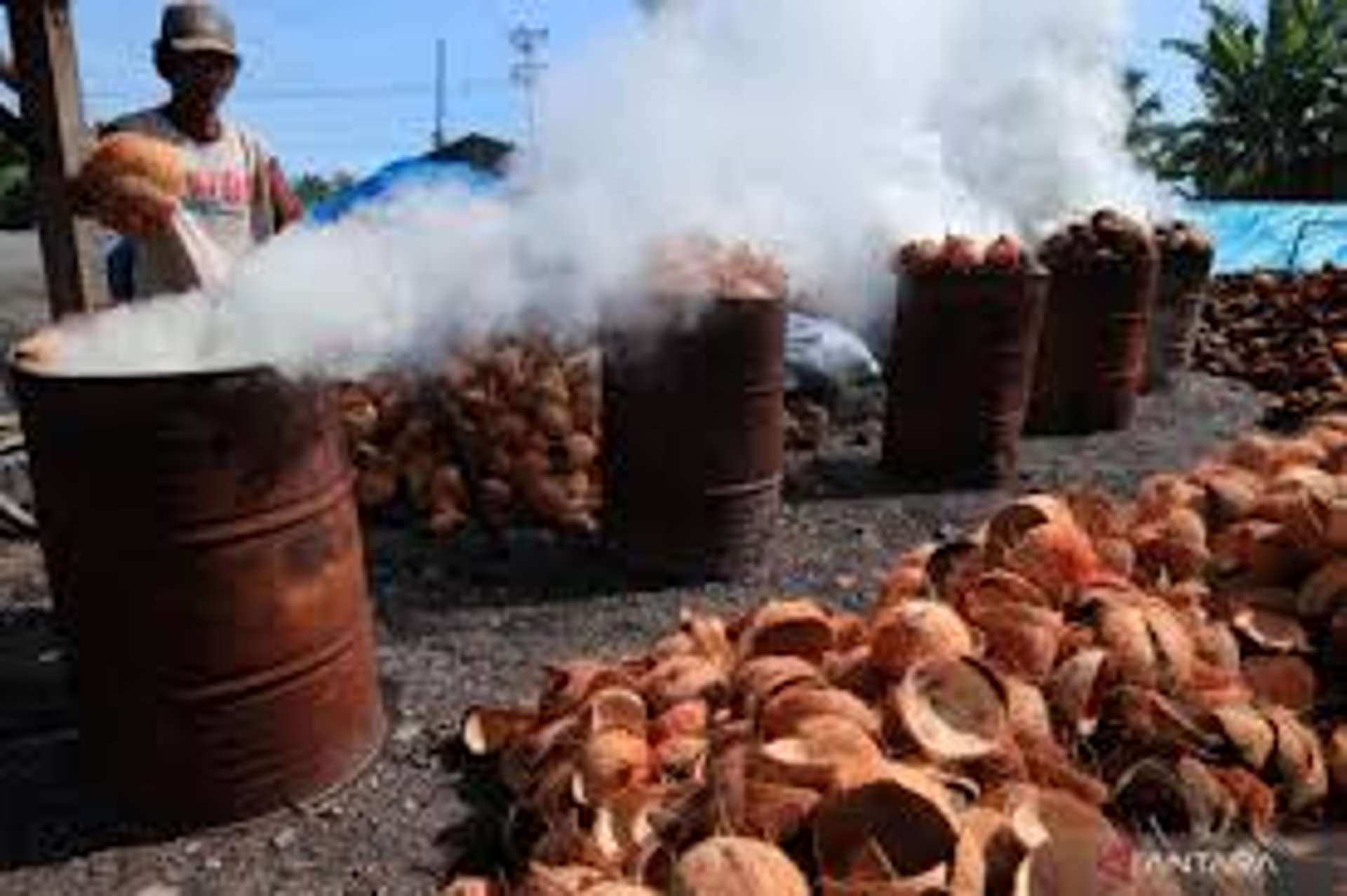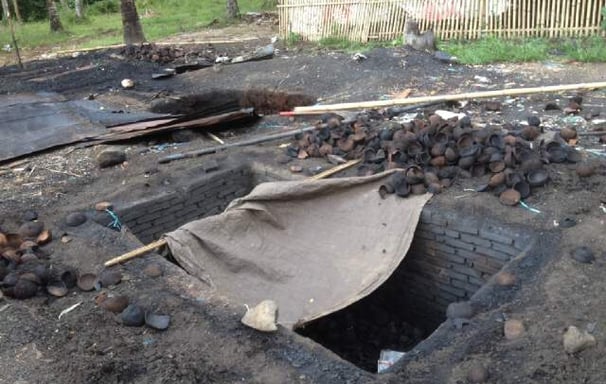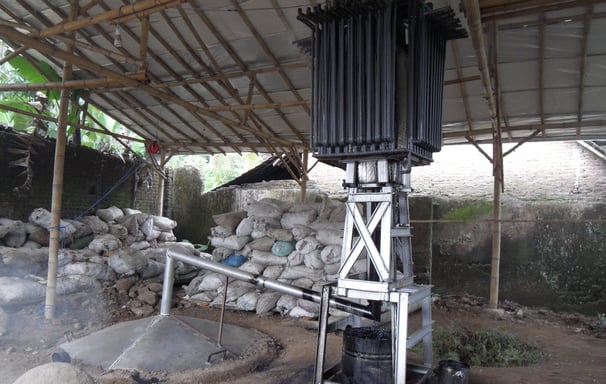
How Coconut Shell Charcoal is Made: Traditional Indonesian Production Process



Indonesia, with its vast coconut plantations, has a long-standing tradition of producing coconut shell charcoal. This sustainable fuel source has been used for centuries in various applications, from cooking to water purifying, etc. Let’s dive into the traditional methods used to create this unique product.
The Selection of Coconut Shells
The first step in making coconut shell charcoal is selecting the right shells. Mature coconuts, with hard and thick shells, are ideal. These shells are gathered and cleaned manually to remove any remaining coconut meat or husk.
The Drying Process
Once collected, the coconut shells are dried in the sun for several days. This process reduces the moisture content, ensuring a more efficient and cleaner burning process later.
The Kiln
Traditionally, Indonesians use a kiln, often a pit dug into the ground, to carbonize the coconut shells. The kiln is lined with non-combustible materials to contain the heat.
The Carbonization Process
Filling the Kiln: The dried coconut shells are carefully arranged inside the kiln.
Ignition: A small fire is started at the bottom of the kiln. As the fire burns, it releases heat that gradually carbonizes the coconut shells.
Sealing: The top of the kiln then sealed to cut off the oxygen supply, forcing the coconut shells to burn slowly and convert into charcoal.
Cooling: Once the fire has died down completely, the kiln is allowed to cool for several days. Some spray water on it to fasten the process
The Finished Product
Once the kiln is cool enough to handle, the charcoal is carefully removed. It is often sorted based on size and quality. The resulting charcoal is dense, black, and has a high carbon content.
Traditional Uses
Indonesian coconut shell charcoal has been used for a variety of purposes:
Cooking: It's a popular fuel for traditional stoves, providing a clean and long-lasting heat source usually to cook satay (skewered meat) with peanut sauce a must try food origin from Indonesia if any of you plan to visit, some place sprinkle coconut meat above it.
Blacksmithing: The intense heat from coconut shell charcoal makes it ideal for heating metals.
Traditional Crafts: It's used in the production of traditional crafts, such as pottery and batik.
Modern Applications
While traditional methods are still practiced, modern technology has also been incorporated into coconut shell charcoal production. Today, Indonesian coconut shell charcoal is exported worldwide and used in a variety of applications, including:
Barbecue and Grilling: Known for its clean burn and last long, it's a favorite among grill enthusiasts.
Water Filtration: Activated coconut shell charcoal is used in water filters to remove impurities.
Biofuel: Coconut shell charcoal is being explored as a sustainable biofuel.
Smoke: as main raw material used in the production of premium quality briquettes for Shisha / Hookah purposes.
Conclusion The traditional method of making coconut shell charcoal in Indonesia is a testament to the country's rich cultural heritage and sustainable practices. This process, passed down through generations, continues to provide a valuable product that is sought after globally.





